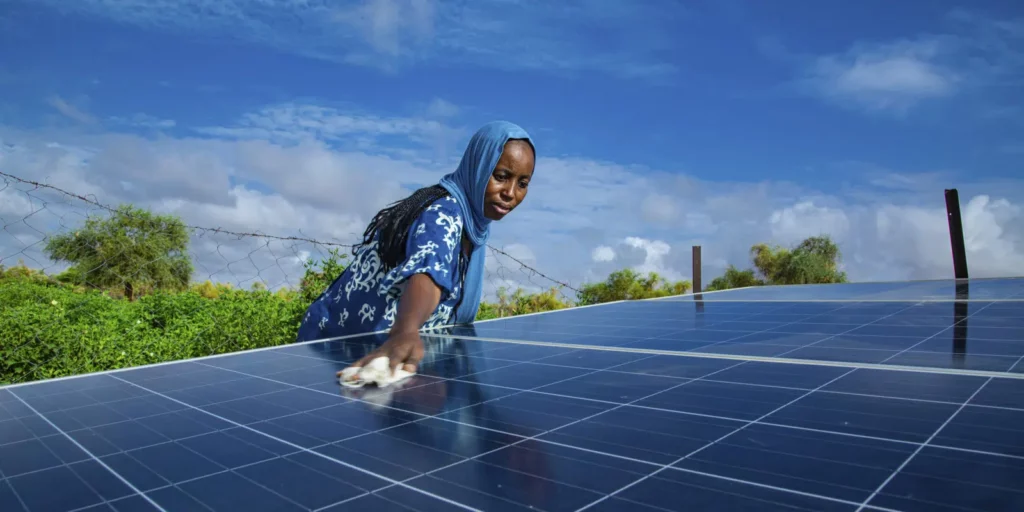08 Nov Day 2 COP27
COP27 Presidency launches Adaptation Agenda to build climate resilience for 4 billion by 2030


The actions are taken across five sectors:
- food and agriculture
- water and nature
- human settlements
- coastal and oceans
- infrastructure
The major threats to billions of people are:
Ocean warming and acidification;
Coastal flooding;
River flooding;
Extreme wet weather events (e.g. storms, cyclones);
Droughts;
Extreme heats (e.g. wildfires);
Soil erosion
Climate resilient, sustainable agriculture increases yields by 17% and reduces farm level GHG emissions by 21%, without expansion of the agricultural frontier.
Halve the share of food production lost and per capita food waste (relative to 2019)
Healthy alternative proteins capture 15% of the global meat and seafood market.
The global consumption of fruits, vegetables, seeds, nuts and legumes increases 1.5 times.
Protection of 45 million hectares (lands and inland waters), 2 billion hectares sustainable management and 350 million hectares restoration of land securing legal indigenous and local communities with use of nature-based solutions to improve water security and livelihoods
By 2025: Financial institutions contribute to halting land conversion by eliminating commodity-driven deforestation from portfolios and tap into Nature-based Solutions investment opportunity of USD 354 billion/year needed by 2030
Water systems are smart, efficient and robust with a reduction in water loss through leakage
Wastewater systems maximise recycling and reuse alongside natural wetland filtration with zero environmental spillage
Sustainable irrigation systems are implemented across 20% of global croplands to preserve water availability whilst supporting yield growth.
- 1 billion people have better design, construction and access to finance to live in decent, safe homes.
- Smart and early warning systems reach 3 billion people
- USD 1 trillion invested in nature-based solutions for communities in urban areas
- Harden social infrastructure to ensure access to basic and essential community services.
- Increased use of waste as a secondary resource boosts the livelihoods of informal workers and reduces open waste burning 60%, lowering pollution levels and improving the health of local communities.
Invest USD 4 billion to secure the future of 15 million hectares of mangroves globally through collective action on halting mangrove loss, restoring half of recent losses, doubling protection of mangroves globally and ensuring sustainable long-term finance for all existing mangroves
Halt loss, protect and restore coral reefs to support people in tropical communities
Halt loss, protect and restore seagrass, marshes, and kelp forests to support people in temperate communities
Urban coastline is protected by grey & hybrid solutions.
A diverse set of energy generation sources enable affordable access to electricity for 679 million unconnected people and higher quality access for 1 billion underserved people through climate resilient energy systems
2.4 billion people with access to clean cooking through at least USD 10 billion/year in innovative finance for clean cooking action worldwide
585 GW of battery storage capacity and extension of transmission and distribution networks enable decentralised generation and consumption by 2030
2.2 billion people access low-cost, clean vehicles and mobility solutions through the expansion of affordable public and private transport services
Transport infrastructure is resilient to climate hazards through adoption of new technology, design and materials



No Comments